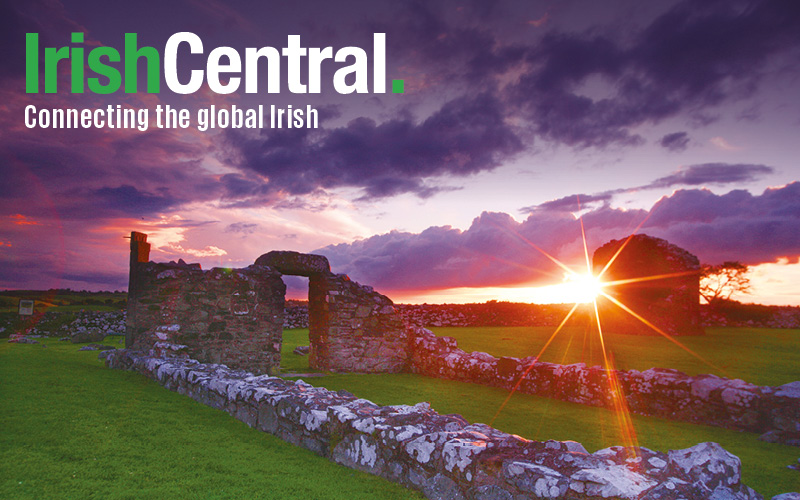The streets of Dublin will be packed with people dressed in 1916 attire on Monday to mark the centenary of the Easter Rising.
There will be special ceremonies at iconic sites in the capital and around the country at exactly 1:15 p.m. to mark the precise time the first shots were fired 100 years ago in the rebellion which eventually won freedom for Ireland.
Ireland will combine festivity with somber remembrance as hundreds of thousands turn out for the greatest celebration in Irish history.
Easter weekend will be the highlight of a program of memorial events spread throughout the year.
The main commemoration ceremony will be on Easter Sunday when there will be a parade through Dublin and a reading of the 1916 Proclamation under the GPO portico by a Defense Forces officer. The GPO was the center point of the Easter Rising.
President Michael D. Higgins will lay a wreath, followed by a minute's silence for all those who died.
At the invitation of acting Taoiseach Enda Kenny -- still attempting to form a government after the general election -- 2,000 1916 relatives and 1,000 members of the diplomatic corps, public servants, members of the business and sporting communities and elected representatives will attend a state reception in Dublin Castle.
Earlier on Sunday there will be a ceremony at Stone Breakers Yard on the site where the 1916 leaders were executed in Kilmainham Gaol. With room for only 35 invited guests, the ceremony will be broadcast live on RTE TV and radio.
Also on Easter Sunday morning there will be a three-part wreath-laying ceremony in Glasnevin Cemetery at the Sigerson Monument for all who served during Easter Week, at the grave of Edward Hollywood, who was the weaver of the first Irish Tricolor in 1848, and at the grave of Peadar Kearney, who wrote the lyrics to “The Soldier's Song,” Amhrán na bhFiann.
Across the city, at Collins Barracks, 1,000 voices from all over Ireland will join with the RTE National Symphony Orchestra in presenting a major new orchestral and choral work composed by Shaun Davey and Paul Muldoon.
The Easter weekend commemorations will open on Saturday in the Garden of Remembrance with music and poetry, in the presence of Higgins, to remember and honor those who gave their lives in the cause of Irish Freedom.
Monday will also be a family day across Dublin with historical, cultural, sports and arts events reflecting the Rising around the city, and people dressed in 1916 outfits when all of O’Connell Street will be turned into a pedestrian site for seven hours.
On Tuesday, a state ceremony at Liberty Hall in Dublin, will commemorate the role of the Irish Citizen Army and James Connolly.
Security will be tight on both sides of the border against any disruption attempts by dissident republicans who believe the revolution of 1916 is not yet finished with the six counties of Northern Ireland still under British control.
Senior officers of the Police Service of Northern Ireland investigating the death of a prison officer following an explosives attack in Belfast earlier this month, revealed that the force had thwarted at least four other terror attacks across Northern Ireland. They warned of a spike in dissident republican violence in the run-up to the 100th anniversary of the Easter Rising.
Separately, Cathal Brugha, a respected academic at University College, Dublin, and the grandson of one of the 1916 revolt’s most militant fighters, has told dissident republicans they cannot use the centenary to justify violence.
Brugha’s grandfather, who was also called Cathal, suffered 25 bullet wounds when his unit charged the British Army in Easter week, 1916.




Comments